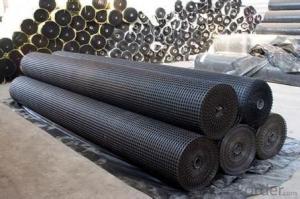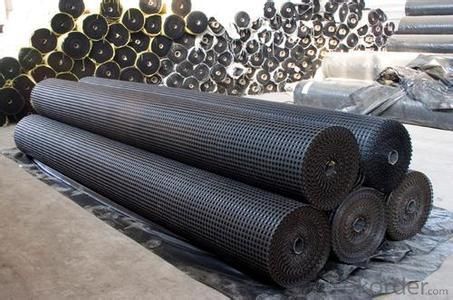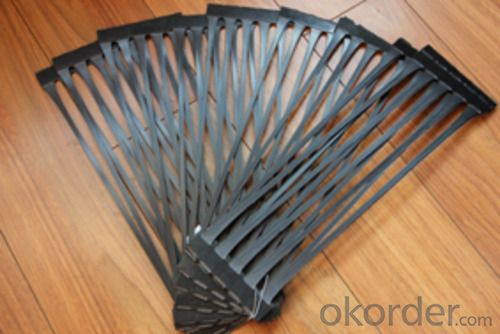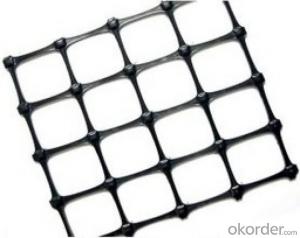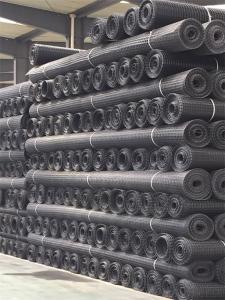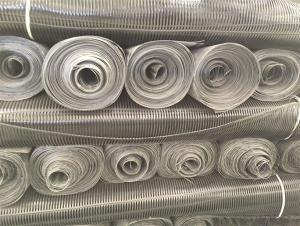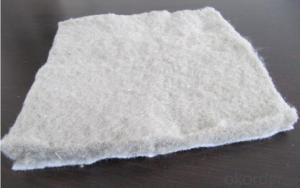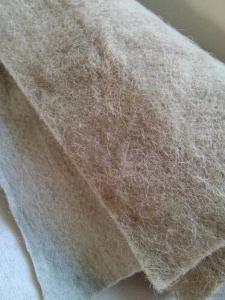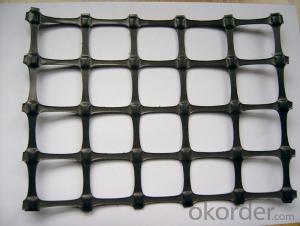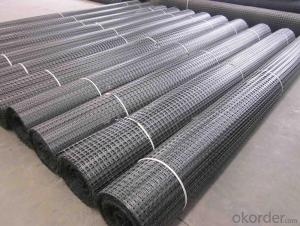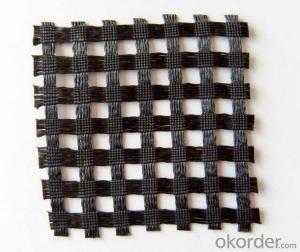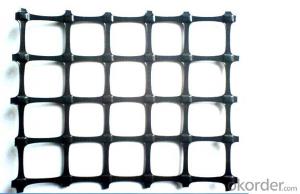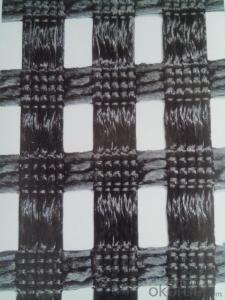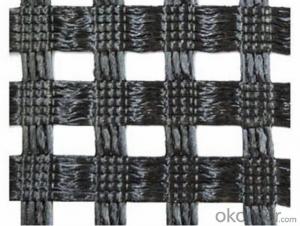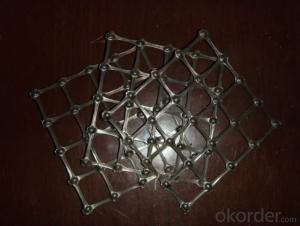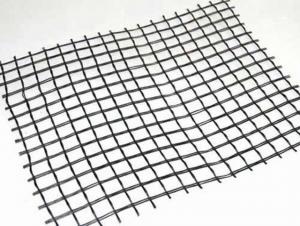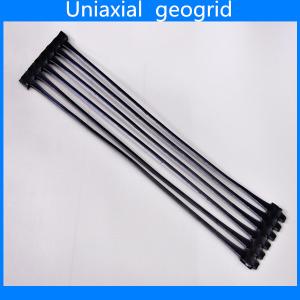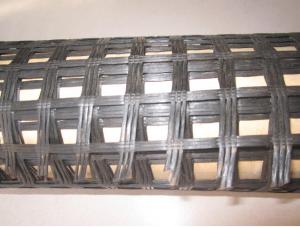Geocells Philippines Retaining Wall Reinforcement Geogrid with CE Certificate
- Loading Port:
- Qingdao
- Payment Terms:
- TT OR LC
- Min Order Qty:
- 30000 g/m²
- Supply Capability:
- 600000 g/m²/month
OKorder Service Pledge
OKorder Financial Service
You Might Also Like
Structure of Retaining Wall Reinforcement Geogrid Description:
It is mainly used in highway and railroad to reduce the subsiding difference ofthe roadbed and bridgehead, lower the vibration of the vehicles and theroadbed, slower the roadbed structure distortion to guarantee the security and comfort.
Main Features of Retaining Wall Reinforcement Geogrid:
tensile strength:15KN/m-100KN/m
width:1-4m
length:50-100m
color:black
pp/hdpe geogrid
Retaining Wall Reinforcement Geogrid Images
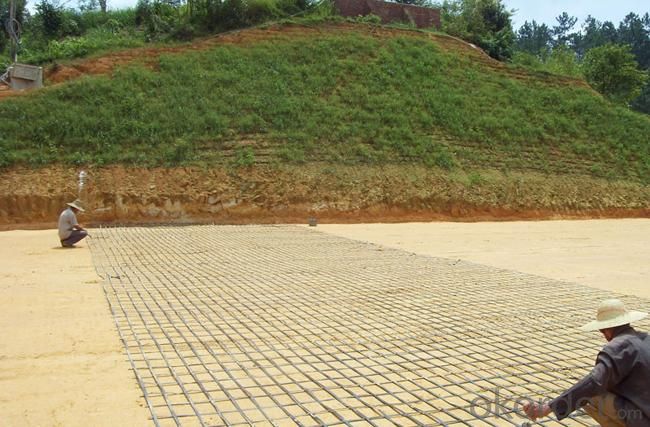
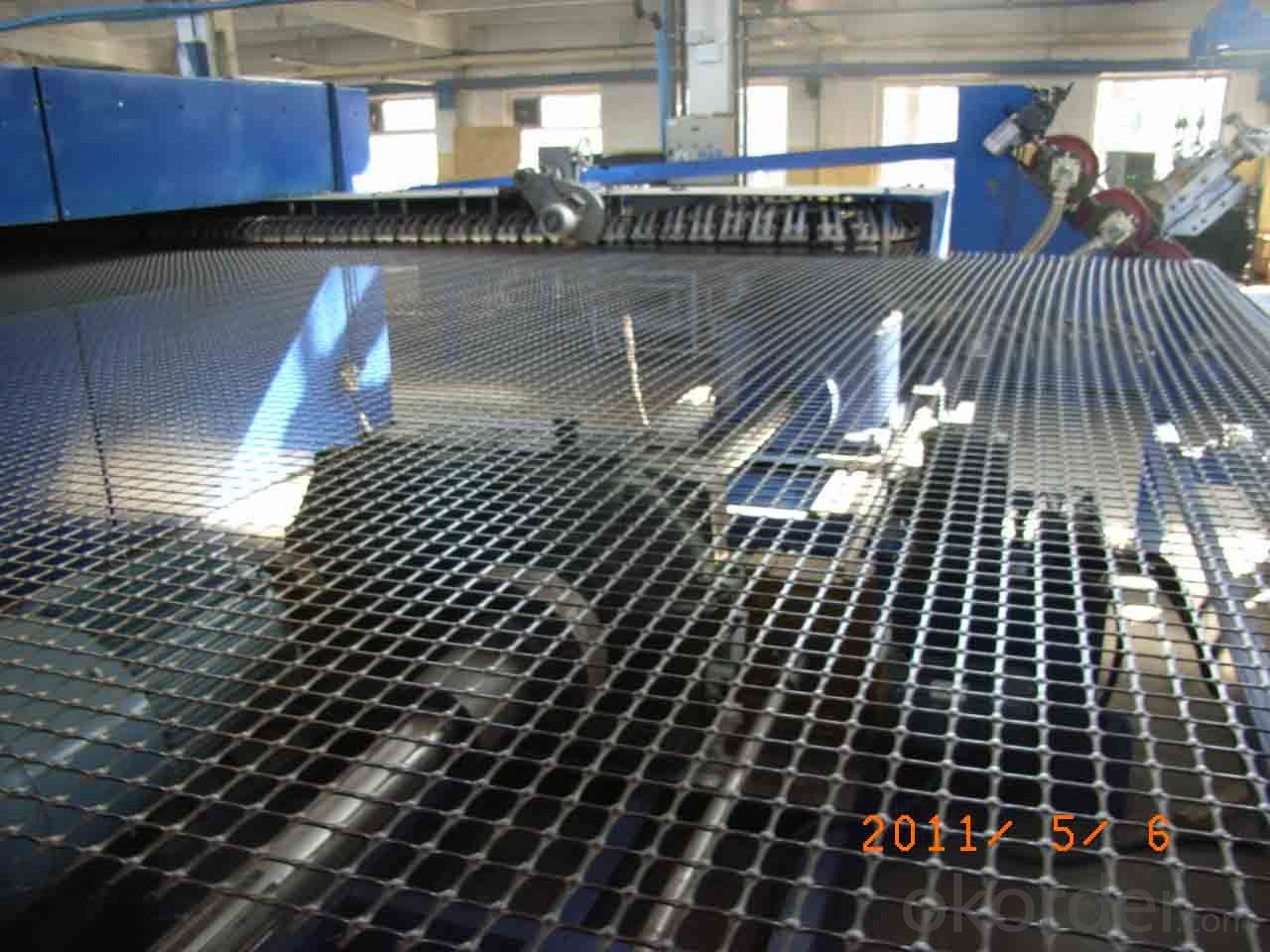
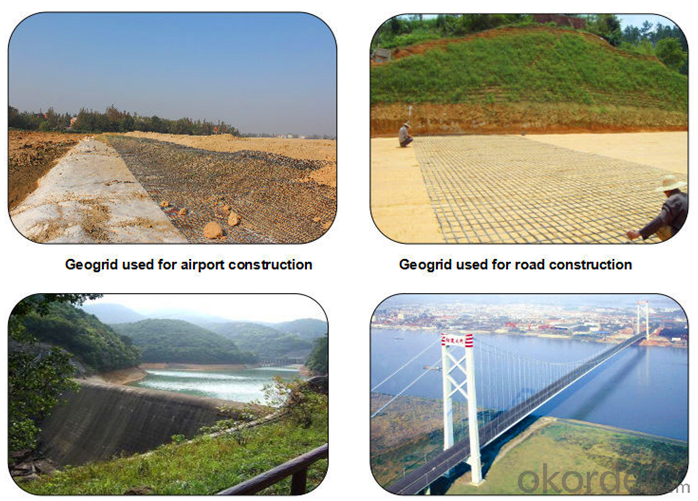
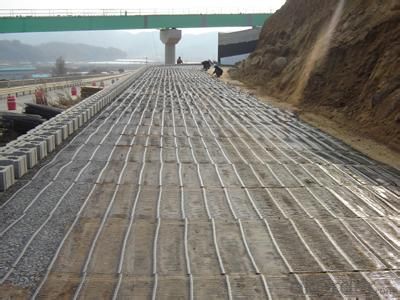
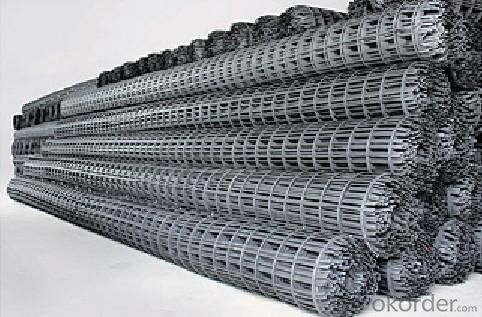
Retaining Wall Reinforcement Geogrid Specification:
Item | Art. No. | PLB010301 | PLB010302 | PLB010303 | PLB010304 | PLB010305 |
Specs | TGSG15-15 | TGSG20-20 | TGSG30-30 | TGSG40-40 | TGSG45-45 | |
Unit weight,g/m2 | 300±30 | 330±30 | 400±40 | 500±50 | 550±50 | |
Width,m | 4.0+0.2/-0 | |||||
Tensile strength(MD), kN/m≥ | 15 | 20 | 30 | 40 | 45 | |
Tensile strength (CD),kN/m≥ | 15 | 20 | 30 | 40 | 45 | |
Elongation(MD),%≤ | 15 | |||||
Elongation(CD),%≤ | 13 | |||||
Tensile strength at 2% strain(MD),kN/m≥ | 5 | 7 | 10.5 | 14 | - | |
Tensile strength at 2% strain(CD),kN/m≥ | 5 | 7 | 10.5 | 14 | - | |
Tensile strength at 5% strain(MD),kN/m≥ | 7 | 14 | 21 | 28 | - | |
Tensile strength at 5% strain(CD),kN/m≥ | 7 | 14 | 21 | 28 | - | |
FAQ
We have organized several common questions for our clients,may help you sincerely:
Q1: How about your company?
A1:Our company are one of the largest geosynthetic products supplier in the world.We have the products experience more than 20 years.Already export to USA/Germeny/Australia/Zambia/Brazil etc.more than 20 countries.Almost 10years.Our products including Geocell/Fiberglass Geogrid/Geomembrane/Geotextile/Geonet etc.
Q2.Does your products have good qualitity?
A2:Yes,we have do many big projects such as the 2008 Beijing Olympic BIRD NEST. Divert water from the south to the north project. And our products have CE certificate also.
Q3:How long can we receive the products after purchase?
A3:In the purchase of product within three working days, We will arrange the factory delivery as soon as possible. The pecific time of receiving is related to the state and position of customers.Commonly 15-20 working days can be delivery.
- Q: Can geogrids be used in shoreline erosion control projects?
- Yes, geogrids can be used in shoreline erosion control projects. Geogrids are commonly used to reinforce and stabilize soils, including those found in coastal areas. They can help prevent erosion by providing strength and stability to the soil, reducing surface runoff, and enhancing vegetation growth.
- Q: way grille HS codingAlso do not know what is the basis of the grid HS code pointsAlas! !Thanks in advance!!!Hard, can you tell me how much is the tax rebate rate? Thank you
- 39172300 U-PVC self sliding porous grid tube39172300 U-PVC porous grid tube
- Q: Can geogrids be used in soil reinforcement for oil and gas pipeline projects?
- Yes, geogrids can be used in soil reinforcement for oil and gas pipeline projects. Geogrids are commonly used to improve the stability and load-bearing capacity of soil, making them suitable for reinforcing the soil around pipelines. They help to prevent soil erosion, increase the overall strength of the soil, and provide support to the pipelines, ensuring their safe operation.
- Q: Can geogrids be used in load transfer platforms?
- Yes, geogrids can be used in load transfer platforms. Geogrids are commonly used in civil engineering projects to improve soil stability and provide load-bearing support. They are particularly effective in load transfer platforms as they help distribute the weight of the load evenly and prevent soil deformation or settlement.
- Q: Product features: high strength, small deformation; creep; corrosion resistance, long service life: steel plastic geogrid with plastic material as a protective layer, which is supplemented with a variety of additives in aging resistance, oxidation resistance, corrosion resistance to acid and alkali, salt and other harsh environment
- Normal should read Zha, but because of the dialect or engineering terminology habits, read Shan, habit, this is just a personal idea.
- Q: How much is the tensile strength of Geogrid
- Solder paste type: 200KN or less.
- Q: How do geogrids improve the performance of mechanically stabilized walls?
- Geogrids improve the performance of mechanically stabilized walls by providing additional tensile strength and reinforcing the soil. They help distribute lateral forces more evenly, increase stability, and reduce the risk of soil erosion. Additionally, geogrids can enhance the overall durability and longevity of mechanically stabilized walls by effectively resisting deformation and settlement.
- Q: Unidirectional tensile plastic geogrid manufacturers which good
- The utility model is punched on the extruded polymer plate (raw material is polypropylene or high-density polyethylene), and then directionally stretched under the heating condition
- Q: Can geogrids be used in ground improvement for industrial facilities?
- Yes, geogrids can be used in ground improvement for industrial facilities. Geogrids are often employed in various geotechnical applications, including stabilizing and reinforcing soil in areas with weak or unstable ground conditions. In the context of industrial facilities, geogrids can be used to enhance the load-bearing capacity of the ground, prevent soil erosion, and provide additional stability to the foundation. By installing geogrids, the overall performance and durability of the ground can be improved, making them a suitable solution for ground improvement in industrial settings.
- Q: What is the market price of the geotechnical grid in 2017?
- (1) the first accurate release of subgrade slope line, in order to ensure the roadbed width of each side of the widened 0.5m, soil drying good leveling by 25T after vibroll pressure two times, then 50T shock pressure of four times, how much is the uneven supply market price? Datong geogrid. Datong geogrid products? Datong geogrid supply market price is how much? Datong geogrid. Datong geogrid products? Datong geogrid supply market price is how much? Datong geogrid. Datong geogrid products? Datong local earthwork grid with artificial coordination. (2) 0.3m thick medium (coarse) sand, artificial with mechanical leveling, 25T vibratory roller static pressure two times. (3) geogrid, geogrid laying bottom surface should be smooth, dense, should generally be tiled, straight, no overlap, no curl, kink, two pieces of geogrid adjacent to lap 0.2m, and along the horizontal Subgrade of geogrid overlap every 1 meters with 8 wire were interspersed in the grid connection, and laying on every 1.5-2m U nail is fixed on the ground.
Send your message to us
Geocells Philippines Retaining Wall Reinforcement Geogrid with CE Certificate
- Loading Port:
- Qingdao
- Payment Terms:
- TT OR LC
- Min Order Qty:
- 30000 g/m²
- Supply Capability:
- 600000 g/m²/month
OKorder Service Pledge
OKorder Financial Service
Similar products
Hot products
Hot Searches
Related keywords
